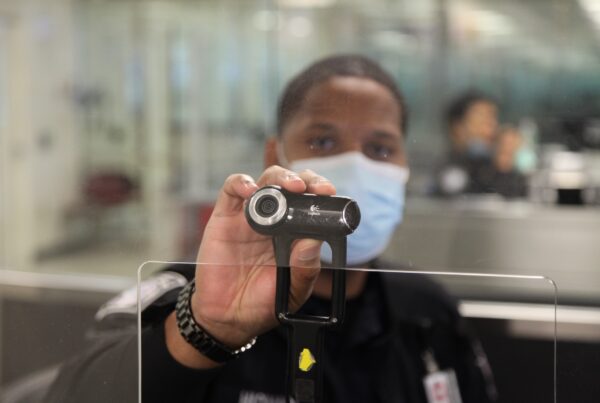Authorities have announced a ramp check program will be in place from now until mid-Jan 2024.
They had a similar surge in ramp checks last year during the same period – the official line then was that this was instituted to ward off cabotage.
Make sure you have all the required docs on board – big fines apply for anyone missing anything important. Local agents advise these checks are taking up to 40 mins to complete.
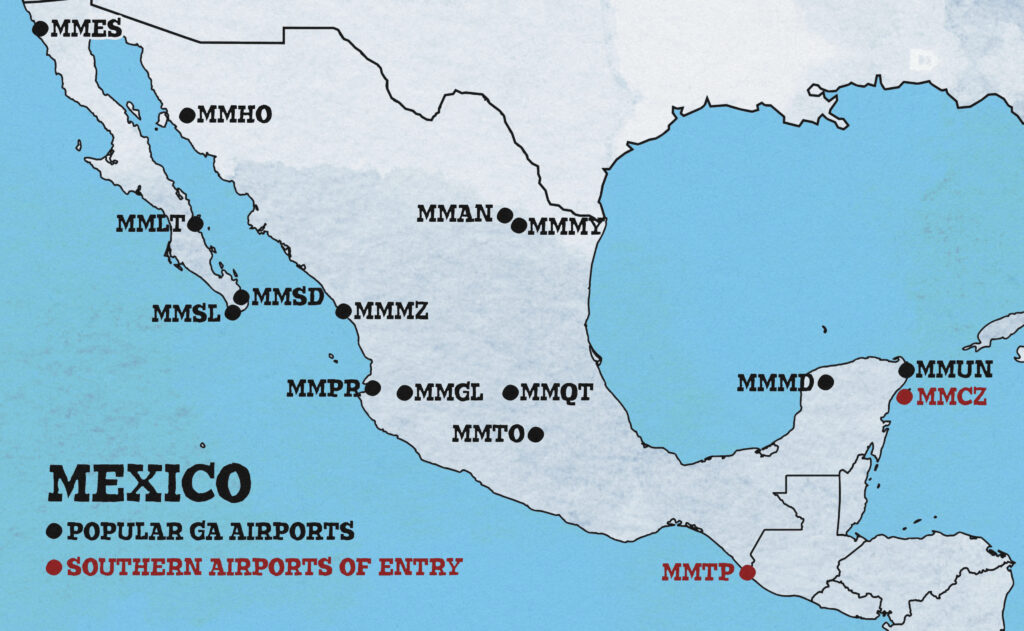
Ramp Check Reports
We’ve had a few recent reports from OPSGROUP members who have been ramp checked at airports in Mexico:
MMZO/Manzanillo (Jan 2024)
Part 91 trip, Falcon. The Mexican ramp check/arrival was a bit more detailed than we’ve previously experienced. We frequent this airport and the customs/immigration officers opened every available panel, bag onboard, AND wanted us to open the avionics nose cone which was odd. We explained screwdrivers and a ladder were required – and they didn’t make us open it. An important note: we were repositioning empty into the airport and leaving with Pax that the handler is quite familiar with (in a good way).
Airport Permit /paperwork was issued without problems, but every potential crew member will need to be listed on the aircraft’s paperwork. Handler suggested operators should submit all possible names to prevent delays to their future ops. We requested the permit 48 hrs prior to landing and it came through just a few hours before we headed down there. Short notice trips will be unlikely. Permit good for 6 months, at this airport only.
MMTP/Tapachula (Oct 2023)
Part 91 customs stop, the whole process took exactly one hour from Block in to Block out. G600 with 15 pax and three crew.
– Upon arrival, the military and drug sniffing dogs were plane-side waiting for all the bags to come off(including crew bags).
– They were snapping photos nonstop.
– They did not want us to take our trash bags out. We just double bagged and left them in the lav.
– Myself, our FA, along with our pax and handler walked about 100 yards to the customs building, in a light drizzle.
– Bags got x-rayed and we waited while there was some back and forth between the customs agents. They stamped docs and permits which took a good 30-40 minutes.
– Walked back out to the jet and departed with no issues.
MMTO/Toluca (Aug 2023)
Part 91 operator came in from the Caribbean on our way to Toluca. The ramp and customs personnel were there waiting for us and marshalled us to an area of the GA ramp. 30 yards or so from a covered entrance to the terminal. We were able to Leave the APU running with a crew member onboard. Passengers and crew were escorted into the terminal to clear. They did an exterior sweep and came on board the aircraft. I do believe all bags came off and went through security in a private area. I don’t recall any specific questions but the whole process took probably 25-30 minutes.
Been to Mexico recently? How did it go? Please file a quick report here!
What docs to carry onboard?
Here’s the list of everything you should carry on board for trips to Mexico in case you get ramp checked:
1) Airworthiness Certificate
2) Registration Certificate
3) Worldwide and/or Mexican Insurance stating Private use when flying Far Part 91 and Charter use when flying Far Part 135. When flying Far Part 135, it is mandatory to have both insurances: worldwide and Mexican.
4) Pilot’s licenses: both sides and stating aircraft type rating.
5) Pilot’s medical certificates: valid document according to crew role (Pilot in Command or Second in Command), type of flight and according to pilot’s age.
6) If holding Multiple Entry Authorization (MEA), this document and its corresponding payment receipt, must be on board.
7) For Charter operations, the following additional documents are required:
a. Valid Air Operator Certificate (AOC): Copies are accepted considering this document might include many tail numbers (fleet). Payment receipt should also be included.
b. FAA OST 4507 FORM copies are accepted considering this document might include many tail numbers. Alternatively, the appropriate exemption document, Certificate of Public Convenience and Necessity is also accepted.
c. If holding a Mexican Indefinite Blanket Permit (IBP), this should be accompanied by the Mexican AOC, and the Yearly Verification (including payment receipt) for it to be considered valid. Copies are accepted considering this document might have many tail numbers.
8) The logbook (maintenance logbook) stating the most recent information about maintenance performed on the aircraft.
9) The authorization to operate as a mobile radio aeronautic station; (Aircraft radio station license/authorization).
10) The Flight Manual.
11) Noise Certificate.
12) The Minimum Equipment List (MEL) when the type certificate indicates it.
13) Mexican AIP (for Private flights, a Jeppesen Airway Manual has been sufficient in the past for this. Charter operators, however, are required to carry a copy of the Mexican AIP – you will need to subscribe to the AIP through AFAC and carry electronic copies onboard).
14) The preflight checklist.
15) If full or partial (inbound/outbound Mexico) route involves overflying the ocean, then a life raft and/or life jackets are required to be on board, according to the type of aircraft. Please note this is also a usual requirement, but Mexican CAA will also be double checking for this.
16) Weight and Balance Manifest.
17) First Aid Kit.
18) Jeppesen Manuals, (at least electronic format).
19) If operating Far Part 91 – Private flights, it is required to present a document stating the purpose of the flight, to include the name of the lead passenger and to declare its connection with the aircraft (owner, employees, etc). If accompanied, letter must declare the relationship of the passengers with the lead passenger (family, friends, employees, etc). This will prove there is no commercial purpose under any circumstance. To present this letter, having it notarized is not necessary.
Private flights watch out!
Private flights to Mexico on aircraft that are used for both private and charter flights should watch out – the authorities in Mexico will likely require further proof that you are, in fact, a private flight. So if the aircraft is not registered in the name of the pilot or one of the pax, the best thing to do is prepare a notarized letter identifying the legal owner of the aircraft and that the owner is authorizing the crew and pax to be on board. The letter should also clarify that the flight is a private, non-commercial flight.
Further Reading
For a look at some of the long-standing challenges affecting General Aviation ops to Mexico, as well as some of the more recent issues which maybe haven’t been widely reported yet, check out our article.
More on the topic:
- More: Mexico Customs Surprises: Pills, Vapes, and Laptop Rules
- More: New APIS Rules for Mexico
- More: SAFA Ramp Checks: The Top 5 Offenders (+Alcohol test)
- More: Mexico Permit Confusion – The Latest
- More: That MMEL Thing: Here’s an Update
More reading:
- Latest: 2025 Flight Ops Changes: The Big Ones
- Latest: More face scans at the US border for BizAv flights
- Latest: Greenland NAT Alternates: Dec 2025 Update
- Safe Airspace: Risk Database
- Weekly Ops Bulletin: Subscribe
- Membership plans: Why join OPSGROUP?



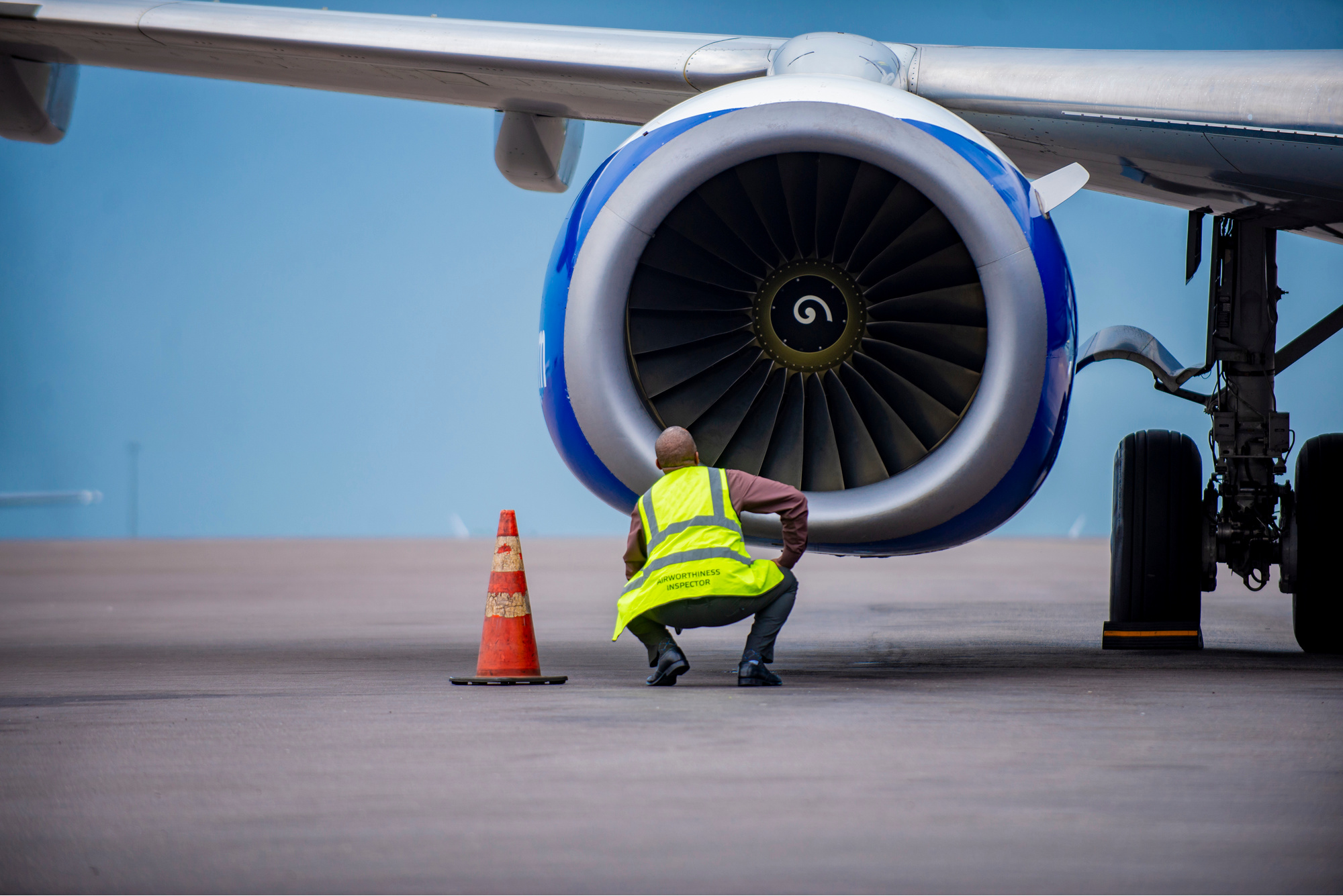
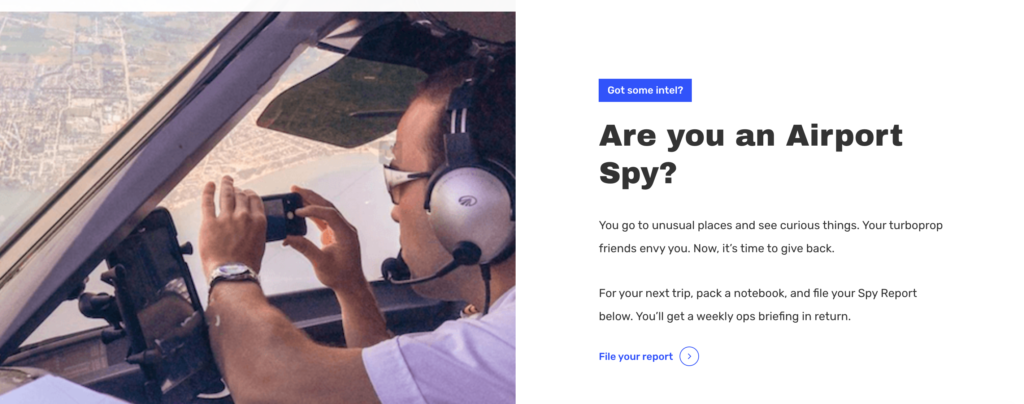


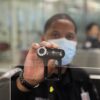




 Get the famous weekly
Get the famous weekly 




